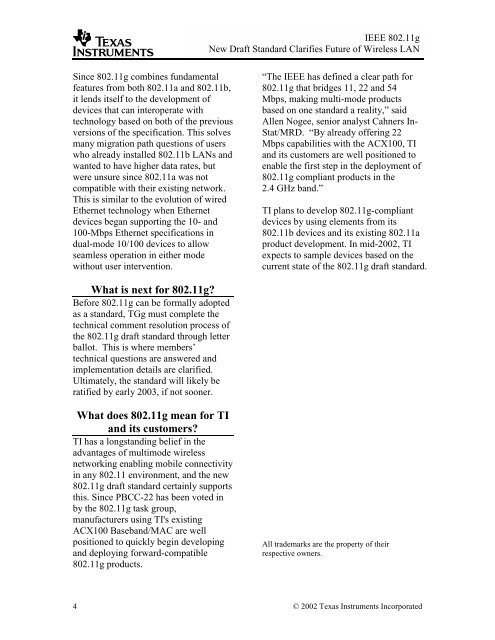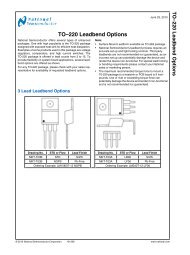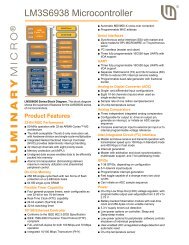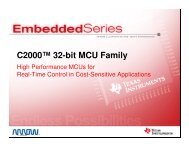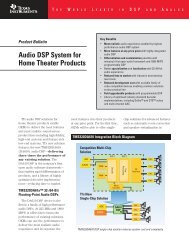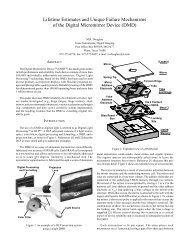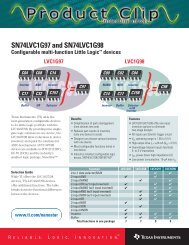IEEE 802.11g Document
IEEE 802.11g Document
IEEE 802.11g Document
Create successful ePaper yourself
Turn your PDF publications into a flip-book with our unique Google optimized e-Paper software.
Since <strong>802.11g</strong> combines fundamental<br />
features from both 802.11a and 802.11b,<br />
it lends itself to the development of<br />
devices that can interoperate with<br />
technology based on both of the previous<br />
versions of the specification. This solves<br />
many migration path questions of users<br />
who already installed 802.11b LANs and<br />
wanted to have higher data rates, but<br />
were unsure since 802.11a was not<br />
compatible with their existing network.<br />
This is similar to the evolution of wired<br />
Ethernet technology when Ethernet<br />
devices began supporting the 10- and<br />
100-Mbps Ethernet specifications in<br />
dual-mode 10/100 devices to allow<br />
seamless operation in either mode<br />
without user intervention.<br />
What is next for <strong>802.11g</strong>?<br />
Before <strong>802.11g</strong> can be formally adopted<br />
as a standard, TGg must complete the<br />
technical comment resolution process of<br />
the <strong>802.11g</strong> draft standard through letter<br />
ballot. This is where members’<br />
technical questions are answered and<br />
implementation details are clarified.<br />
Ultimately, the standard will likely be<br />
ratified by early 2003, if not sooner.<br />
What does <strong>802.11g</strong> mean for TI<br />
and its customers?<br />
TI has a longstanding belief in the<br />
advantages of multimode wireless<br />
networking enabling mobile connectivity<br />
in any 802.11 environment, and the new<br />
<strong>802.11g</strong> draft standard certainly supports<br />
this. Since PBCC-22 has been voted in<br />
by the <strong>802.11g</strong> task group,<br />
manufacturers using TI's existing<br />
ACX100 Baseband/MAC are well<br />
positioned to quickly begin developing<br />
and deploying forward-compatible<br />
<strong>802.11g</strong> products.<br />
<strong>IEEE</strong> <strong>802.11g</strong><br />
New Draft Standard Clarifies Future of Wireless LAN<br />
“The <strong>IEEE</strong> has defined a clear path for<br />
<strong>802.11g</strong> that bridges 11, 22 and 54<br />
Mbps, making multi-mode products<br />
based on one standard a reality,” said<br />
Allen Nogee, senior analyst Cahners In-<br />
Stat/MRD. “By already offering 22<br />
Mbps capabilities with the ACX100, TI<br />
and its customers are well positioned to<br />
enable the first step in the deployment of<br />
<strong>802.11g</strong> compliant products in the<br />
2.4 GHz band.”<br />
TI plans to develop <strong>802.11g</strong>-compliant<br />
devices by using elements from its<br />
802.11b devices and its existing 802.11a<br />
product development. In mid-2002, TI<br />
expects to sample devices based on the<br />
current state of the <strong>802.11g</strong> draft standard.<br />
All trademarks are the property of their<br />
respective owners.<br />
4 © 2002 Texas Instruments Incorporated


